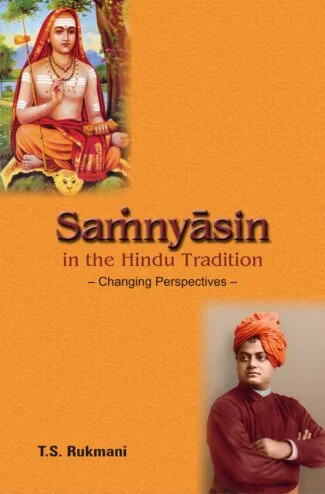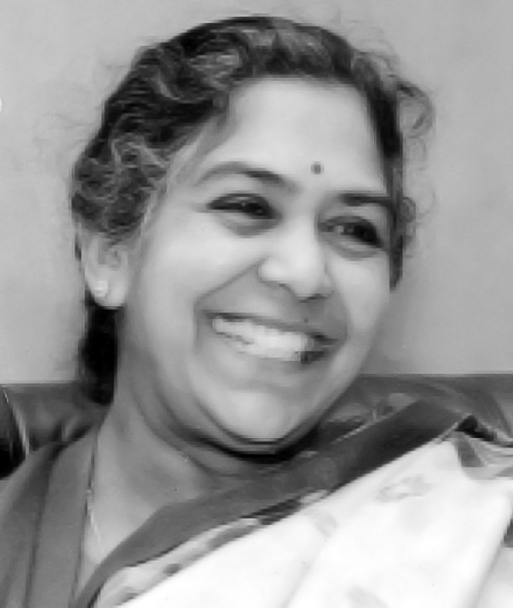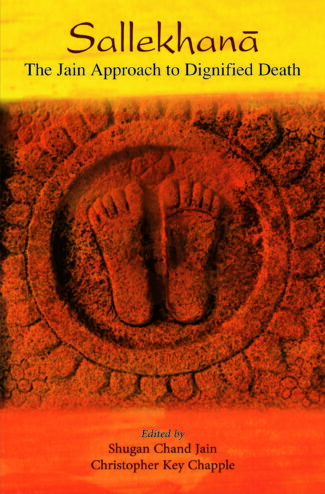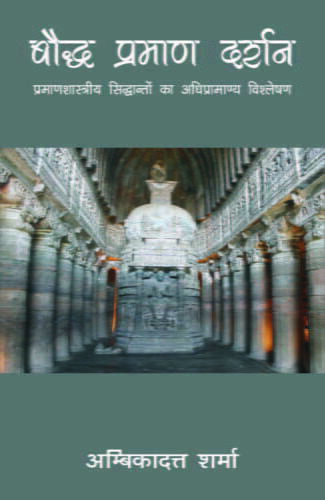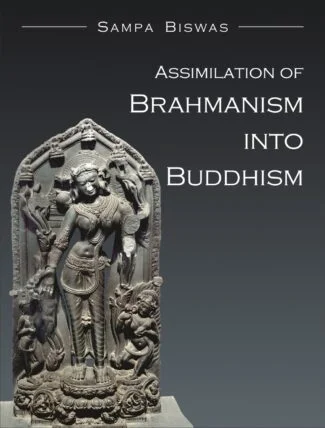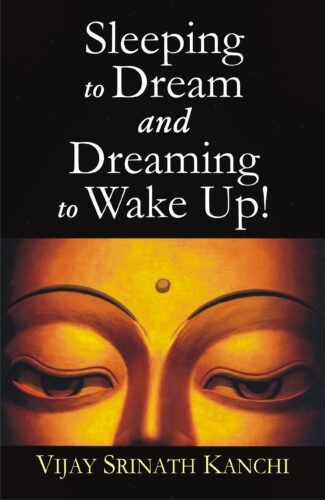

Samnyasins in the Hi...
Samnyasins in the Hindu Tradition
Changing Perspectives by: T.S. RukmaniThis book tries to look at samnyasins and the samnyasashrama in their long existence from the times of Shankara to the present day and also throws light on how scholars, common people, as well as the samnyasins themselves view their roles, both as individual personalities and as persons living in an institution relating to society as a whole.
$36.00
ISBN: 9788124605745
Year Of Publication: 2011
Edition: 1st
Pages : viii, 283
Bibliographic Details : 30 Coloured photographs; Appendix; Glossary; Bibliography; Index
Language : English
Binding : Hardcover
Publisher: D.K. Printworld Pvt. Ltd.
Size: 25
Weight: 900
The present book, Samnyasins in the Hindu Tradition: Changing Perspectives, covers a wide territory, trying to look at the samnyasins and the samnyasashrama in their long existence from the times of Shankara to the present day. This book traverses a slightly different trajectory from the usual book on samnyasins as it attempts an overview of the samnyasin and the institution over a long period from Vedic to post-Independence times and speculates on the future of the institution as well. Samnyasins and scholars not only from India, but from countries as diverse as Canada, South Africa, UK and USA also figure in this collection. The samnyasashramas covered also range from the traditional Advaita, Vishishthadvaita and Dvaita to include many more later ashrams such as the Vira Shaiva (Lingayat), Dharmapuram Adheenam, Arya Samaj, Shivananda Ashram, Ramakrishna Mission, Swami Narayan and many others. Another departure from other books on the subject is that it also compares institutions like the Ramakrishna Mission for instance, as they function in India and in foreign countries where they have established ashrams. In the midst of varied opinions regarding the samnyasin and the samnyasashrama this book will throw light on how scholars, common people, as well as the samnyasins themselves view their roles, both as individual personalities and as persons living in an institution relating to society as a whole.
Preface
Introduction
1. Swamis/Samnyasins/Monks/Ascetics in the Cultural World of the Hindus: An Overview
1. Vedic Age (c. 2000-500 bce)
2. Classical or Post-Vedic Phase (c. 500 bce – ce 500)
3. Purana Phase (c. ce 300-1000)
4. Phase Four (ce 800-1900)
5. The Fifth Pre-Independence Phase (1885-1947)
6. Post-Independence Period
7. Conclusion
2. Samnyasins and the Samnyasashrama as seen by Scholars
1. G.C. Pandey
2. Lakshmithathachar
3. K.T. Pandurangi
4. R.K. Sharma
5. Srivatsa Goswami
6. Gautam Patel
7. Christopher Chapell
3. Interviews with Samnyasins/Samnyasinis
1. Swami Svarupananda Saraswati
2. Swami Bharati Teertha
3. Swami Jayendra Saraswati
4. Swami Maheshanand Giri
5. Swami Bhoomananda Tirtha
6. Swami Advaitananda
7. Swami Ranganathananda
8. Swami Gokulananda
9. Swami Dayatmananda
10. Parivrajika Vivekaprana
11. Swami Saradananda
12. Swami Sahajananda
13. Swami Mahadevananda
14. Swami Chidananda
15. Swami Dayananda Saraswati
16. Swamini Pramananda
17. Srirangam Andavan Swamigal
18. Swami Vishvesvara Tirtha
19. Swami Sugunendra Teertha
20. Shanmuka Desika Swamigal
21. Swami Shivamurthy Shivacharya
22. Sivaya Subrahmuniyaswami
23. Swami Veda Bharati
24. Swami Agnivesh
25. Swami Shankarashram
26. Swami Sacchidananda of Anandashram
27. Swami Gurusharanananda
28. Swami Prashantananda
29. Swami Maheshananda (of Kaivalya Dham)
30. Tamal Krishna Goswami
31. Swami Radha Govinda Das Goswami (ISKCON)
4. Endings
1. Part I: Shared Views by Scholars
2. Part II: Individual Views of
?Samnyasins on Common Topics
Appendix : Questionnaire
Glossary
Bibliography
Index


